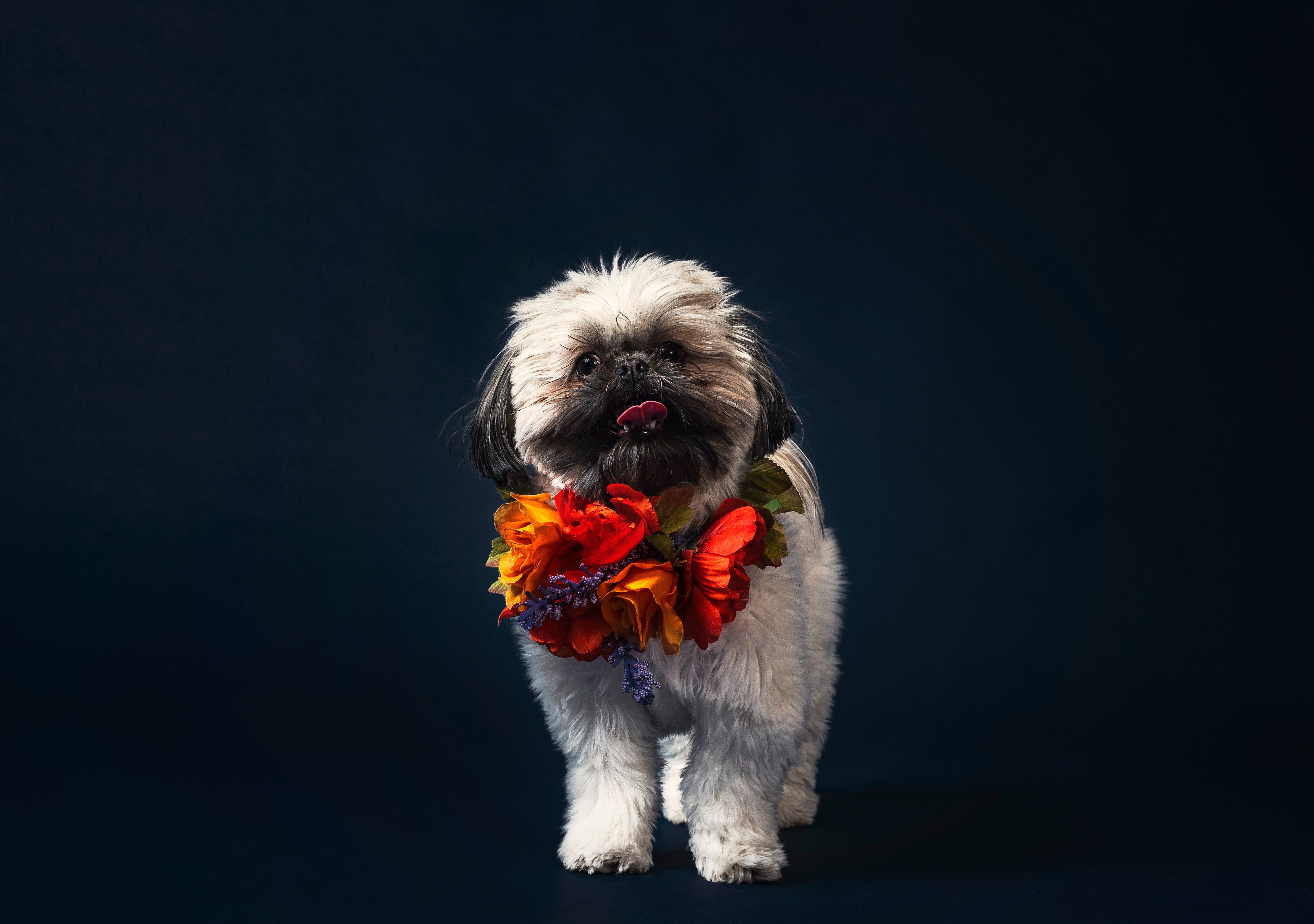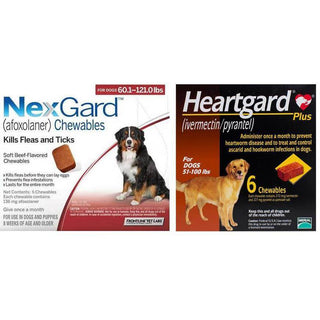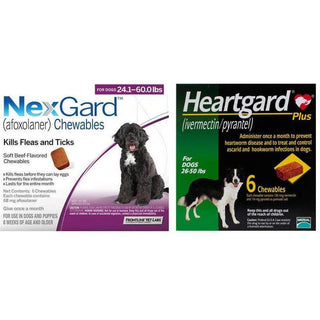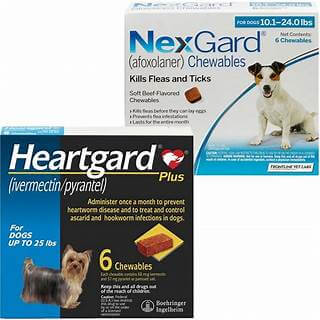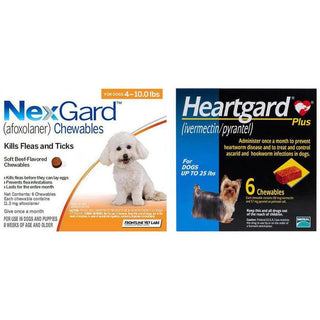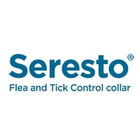
Introduction
Bringing home a new puppy is exciting — but those tiny teeth can cause big trouble! Chewing is one of the most common (and frustrating) puppy behaviors. Shoes, furniture, cables, and even your hands can become targets. The good news? Chewing is entirely normal for puppies, and with the proper training and consistency, you can help your pup learn what’s okay to chew — and what’s not.
In this guide, we’ll explore why puppies chew, how to manage it effectively, and training tips to prevent destructive chewing, all while keeping your furry friend happy and healthy.
Why Do Puppies Chew?
Before you can stop the behavior, it’s important to understand why it happens. Puppies chew for several natural reasons:
- Teething – Between 3 and 6 months old, puppies experience teething, which causes sore gums. Chewing helps relieve the discomfort.
- Exploration – Just like babies, puppies use their mouths to explore the world around them.
- Boredom or Excess Energy – A puppy left alone or not mentally stimulated may chew to entertain themselves.
- Anxiety or Stress – Chewing can be a coping mechanism, especially if your puppy feels lonely or anxious when you’re not around.
- Attention-Seeking – Sometimes, puppies chew objects to get your attention — even if it leads to a scolding.
Understanding the cause helps you choose the proper training and prevention method.
How to Stop Your Puppy from Chewing Everything
1. Provide Plenty of Safe Chew Toys
Give your puppy suitable alternatives to chew on. Choose toys that are durable and size-appropriate. Rubber toys, nylon bones, and teething rings can safely satisfy your pup’s chewing instincts.
Tip: Rotate the toys every few days to keep them exciting and new.
2. Puppy-Proof Your Home
Prevent temptation before it starts. Keep shoes, remote controls, cables, and valuable items out of reach. Puppies can’t chew what they can’t access.
You can also use bitter spray deterrents on furniture legs and other items to make them unappealing to chew.
3. Redirect the Behavior
When you catch your puppy chewing something they shouldn’t, stay calm. Don’t shout or punish them. Instead, gently say “no” or “leave it,” and immediately offer an appropriate toy. Praise them when they chew the toy instead.
This teaches them that chewing is okay — but only on the right things.
4. Give Enough Physical and Mental Exercise
A tired puppy is a well-behaved puppy. Boredom often leads to destructive behavior, so make sure your puppy gets:
- Daily walks and playtime.
- Interactive games like fetch or tug-of-war.
- Puzzle toys that challenge their brain.
Mental stimulation is just as important as physical activity to prevent unwanted chewing.
5. Teach Basic Commands
Training commands like “leave it” and “drop it” are essential. Here’s how to teach them:
-
Leave it:
- Hold a treat in your closed hand.
- Let your puppy sniff, but don’t give it to them.
- When they stop trying, say “leave it” and reward with a different treat.
-
Drop it:
- When your puppy picks up an item, show them a treat.
- Say “drop it” and wait for them to release the item.
- Reward immediately.
Consistency is key. Repeat these daily until your puppy responds reliably.
6. Avoid Punishment
Never yell, hit, or use harsh discipline. It can make your puppy fearful and anxious, which may worsen the behavior. Positive reinforcement — rewarding good behavior — is always more effective and builds trust between you and your pet.
7. Crate Train Your Puppy
Crate training can be very helpful in managing chewing when you can’t supervise your puppy. Choose a comfortable crate and make it a positive, safe space, not a punishment.
- Provide soft bedding and safe chew toys inside.
- Gradually increase crate time to help them get used to it.
When left unsupervised, your puppy will be safe—and so will your belongings.
8. Address Separation Anxiety
If your puppy chews when you leave the house, it might be due to separation anxiety. Start by leaving for short periods and gradually increase the time apart. Leave them with toys or treat-dispensing puzzles to keep them occupied.
9. Reward Good Behavior
Whenever your puppy chooses to chew their own toy instead of furniture, praise them enthusiastically or offer a small treat. Positive reinforcement helps them learn what you want them to do — faster and more effectively.
10. Be Patient and Consistent
Training takes time. Puppies learn through repetition and consistency. The more you guide them gently and reward the right behavior, the quicker they’ll understand what’s acceptable.
If you slip up once in a while, don’t worry — progress is built through patience.
When to Seek Professional Help
If your puppy’s chewing becomes excessive, destructive, or compulsive, consult a veterinarian or certified dog trainer. Sometimes, underlying medical or behavioral issues like stress, nutritional deficiencies, or anxiety can cause persistent chewing.
An expert can pinpoint the underlying reason and create a personalized training plan tailored to your puppy’s needs.
Summary: Key Tips to Stop Puppy Chewing
- Give safe, chewable toys.
- Puppy-proof your living space.
- Redirect bad chewing to good objects.
- Use positive reinforcement, never Punishment.
- Provide daily exercise and mental enrichment.
- Teach basic commands like “leave it” and “drop it.”
- Stay patient — training takes consistency and time.
Final Thoughts
Chewing is a natural part of puppyhood, but it doesn’t have to be destructive. With the right approach — combining training, consistency, and patience — your puppy will soon learn what’s acceptable to chew and what’s not.
Each time your puppy chews, it's a chance to guide them toward positive habits that will last a lifetime. A well-trained puppy grows into a well-behaved, happy dog — and your furniture will thank you!

